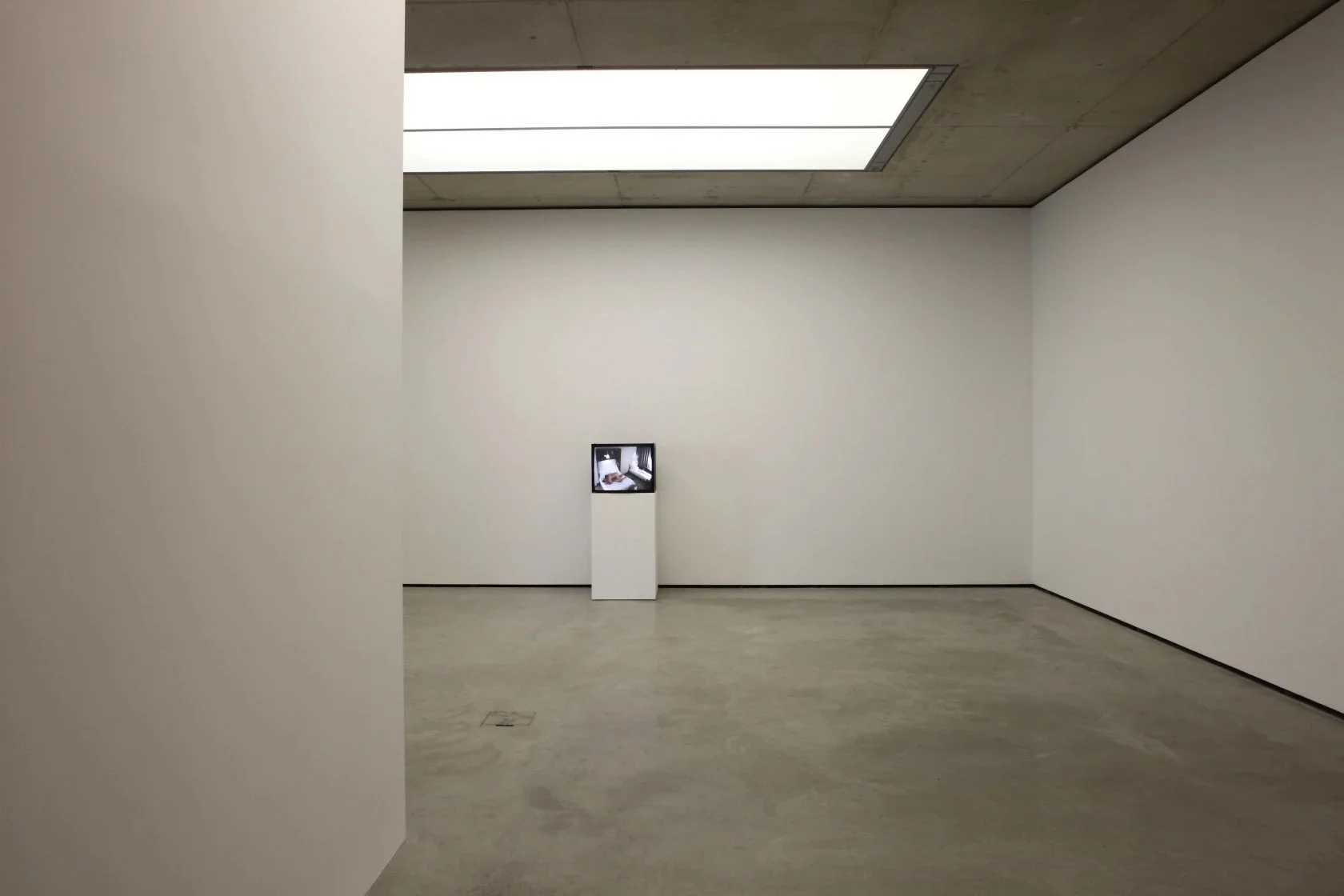Art Stuff (And Sex Stuff)
Andrea Fraser, Untitled, 2003/2004/2006
If you’ve read my bio properly — like, all the way to the end — you’ll know I’m also an artist.
I didn’t start escorting and then become an artist.
I didn’t start making art and then fall into sex work.
I started both, more or less at the same time, using what I had: my body, my brain, my time, and some very specific fixations.
And to be honest, I still don’t really separate the two.
Sometimes I think they’re the same job — just with different audiences.
Clients sometimes ask, genuinely interested:
“So, what kind of art do you make?”
And it’s always a longer answer than they expect.
What I do is mostly conceptual work.
Some pieces I make myself. Some I design, direct, or delegate.
I make things that speak about labor, money, control, desire, and branding.
And yes, making those things costs money. Everything does: time, tools, mistakes, people.
So every time you pay me for an hour, a night, a weekend — a slice of that money goes into a material or a fabrication or a collaborator’s fee.
Which means, in a way, you’re already part of the work. You’re funding it.
Some of you know that. Some of you like it.
A few have even gone as far as to buy me equipment or materials directly, no strings attached.
(Although I always prefer the strings — conceptually.)
The line between art and sex work isn't just blurred for me — it's structurally fused.
They’re both about performance, control, transaction, and narrative.
But the biggest difference?
One is protected by institutions.
The other is tolerated at best — criminalized, stigmatized, reduced to “a phase” or “a problem.”
You can sell a banana taped to a wall for $120,000 and get featured in Artforum.
You sell your body for an hour, and suddenly you're dangerous.
That’s the tension I work with.
A lot of my pieces are about how capitalism digests sex work, and what it rejects.
If I printed escort ads with the aesthetic of a tech startup or luxury skincare brand, would that make it acceptable? Would you feel differently if it were on a wall, in a museum, with a spotlight and a caption?
If yes — why?
Feel free to tell me in my booking form.
I will actually appreciate.
One of the biggest inspirations behind this whole mess is Working Girl by Sophia Giovannitti. I recommend it — especially if you think what I’m doing sounds contradictory or confusing or just “interesting.”
She manages to articulate something I’ve always sensed but never fully said:
that making art and selling sex aren’t opposites — they’re both ways to stay afloat in an economy that demands you sell parts of yourself to survive, while pretending that some ways of doing it are noble and others are shameful.
They’re both about being looked at, and choosing how to be seen.
She calls it performance. I call it practice.
I’ll have new work showing soon.
Some pieces will be available for sale, too — for those of you who want to take something home that doesn’t moan, doesn’t text back, but still says a lot. (Just come up with a good excuse for your wife.)
Stay tuned.
And thank you — especially to those of you who’ve helped fund the uncomfortable, expensive, very deliberate things I make.
Yuki 🍓
